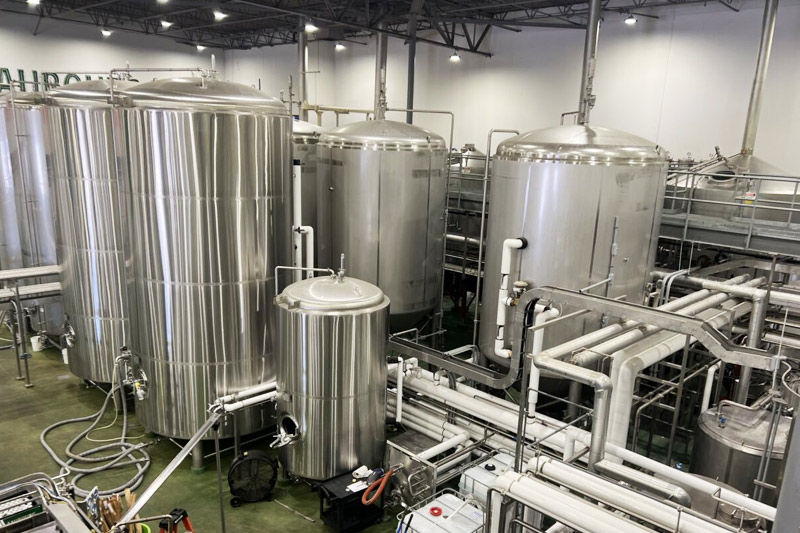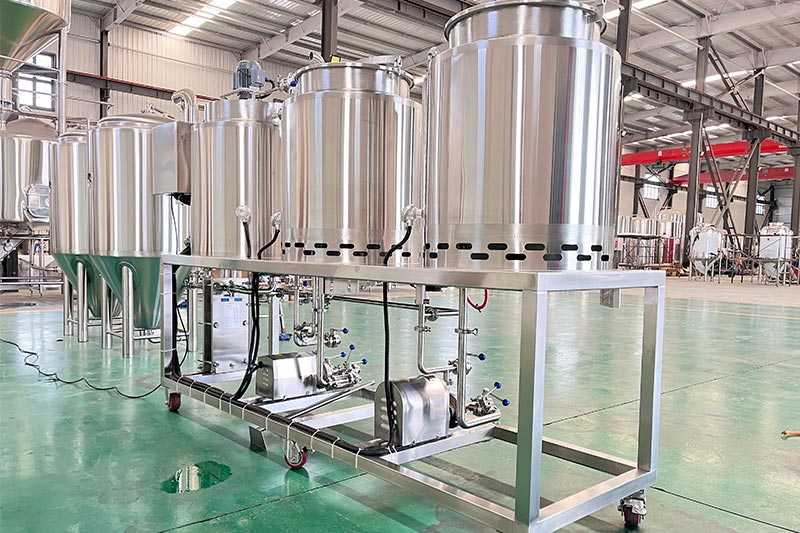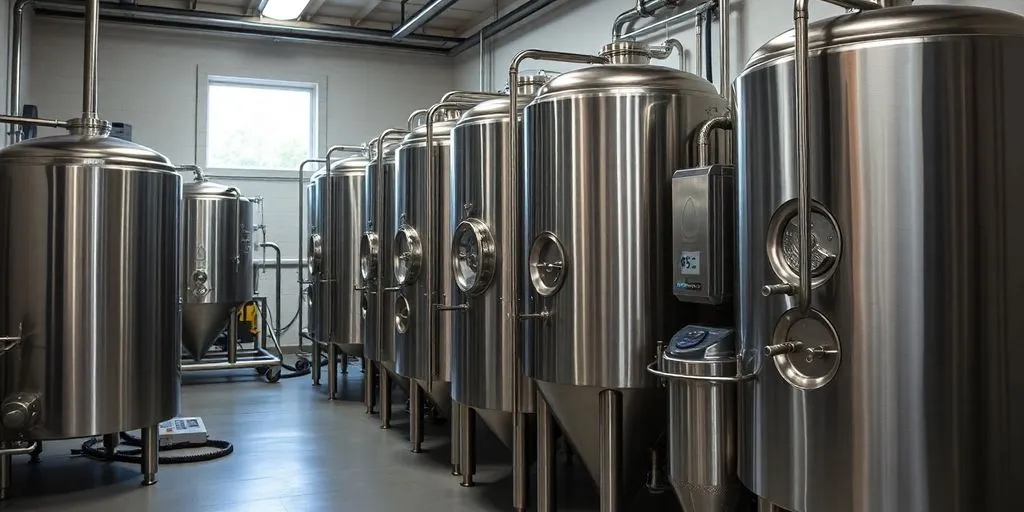Brewing your own beer at home can be a rewarding and enjoyable hobby. With the right brewing system and a bit of knowledge, you can craft beers that rival those of your favorite breweries. This guide will walk you through the simplest way to brew the best craft beer using an all-grain brewing system.

Table of Contents
What Is All-Grain Brewing?
All-grain brewing is the process of brewing beer directly from malted grains, rather than using malt extracts. This method gives brewers greater control over the beer’s flavor, color, and body. It’s a traditional approach that many home brewers and craft breweries use to create great beer.
Why Start Brewing Beer at Home?
Brewing beer at home allows you to:
- Experiment with different beer styles: Create anything from light lagers to dark stouts.
- Customize flavors: Adjust the bitterness, sweetness, and aroma to your liking.
- Enjoy a rewarding hobby: Brewing is both a science and an art, offering endless learning opportunities.
What Equipment Do You Need to Start Brewing?
To start brewing beer at home, you’ll need some basic brewing equipment:
- Brewing system: An all-in-one brewing system simplifies the process.
- Fermentation vessel: A container where the beer will ferment.
- Kettle: For boiling the wort (unfermented beer).
- Temperature control: Essential for maintaining the right fermentation conditions.
- Fermentation lock and stopper: To allow gases to escape while keeping contaminants out.
For a comprehensive list, you can refer to Beer Brewing Equipment.
How Does an All-In-One Brewing System Simplify the Process?
An all-in-one brewing system combines several brewing steps into one piece of equipment. This makes the brewing process more streamlined and less space-consuming. Benefits include:
- Ease of use: Perfect for beginners seeking the simplest way to brew.
- Space-saving: Ideal for those with limited space.
- Efficiency: Reduces the need to transfer liquids between vessels, minimizing the risk of contamination.
Steps in the All-Grain Brewing Process
- Mashing: Mixing crushed grains with water to extract sugars.
- Lautering: Separating the sweet liquid (wort) from the grain husks.
- Boiling: Boiling the wort with hops to add bitterness and aroma.
- Cooling: Bringing the wort down to fermentation temperature.
- Fermentation: Adding yeast to convert sugars into alcohol and carbon dioxide.
- Bottling or Kegging: Packaging the beer for carbonation and serving.
Tips for Maintaining Temperature Control
Temperature plays a crucial role in brewing:
- Mash temperature: Affects the fermentability of the wort.
- Fermentation temperature: Influences yeast activity and flavor development.
Using equipment with precise temperature control, like stainless steel fermenters, can help maintain consistency.
Choosing the Right Brewing Kit
For beginners, a brewing kit can provide everything you need to start:
- Complete kits: Include all essential equipment and ingredients.
- Customized kits: Allow you to choose specific equipment based on your needs.
Check out Complete Beer Brewing Kits for options tailored to different brewing levels.

How to Brew Your First Batch of Beer
Brewing your first batch can be exciting:
- Sanitize all equipment: Prevents unwanted bacteria from spoiling your beer.
- Follow a simple recipe: Start with styles that are forgiving, like ales.
- Keep notes: Document your process to replicate successes or improve future batches.
Common Mistakes to Avoid
- Poor sanitation: Can lead to infections.
- Incorrect measurements: Affect the beer’s flavor and alcohol content.
- Impatience: Rushing the fermentation process can result in off-flavors.
Exploring Different Beer Styles
Once comfortable with the basics, experiment with:
- Various grains and hops: To create different flavors.
- Yeast strains: Each adds unique characteristics.
- Adjuncts: Such as fruits, spices, or honey for additional complexity.
Happy Brewing: Taking Your Hobby Further
Brewing can become a lifelong hobby:
- Join home brewers’ clubs: Learn from others and share your creations.
- Enter competitions: Get feedback and improve your brewing skills.
- Visit breweries: Gain inspiration and knowledge from professionals.
FAQs
Using an all-in-one brewing system simplifies the process by combining several steps into one piece of equipment, making it ideal for beginners.
No, you can start with basic equipment or a beginner’s brewing kit, which provides everything you need to start brewing great beer.
Temperature control is crucial as it affects both the mash process and fermentation, influencing the beer’s final flavor and quality.
Absolutely! All-grain brewing offers maximum flexibility to brew any beer style, allowing you to experiment with various ingredients.
Summary
- All-Grain Brewing: Offers control over the brewing process and beer quality.
- Equipment: Start with essential tools or an all-in-one system for simplicity.
- Brewing Process: Understand each step from mashing to fermentation.
- Temperature Control: Key to successful brewing.
- Beginner Tips: Sanitize equipment, follow simple recipes, and keep notes.
- Experimentation: Try different styles, ingredients, and techniques.
- Community: Engage with other brewers for learning and sharing.
For more information on brewing systems and equipment, visit Micet Craft.

